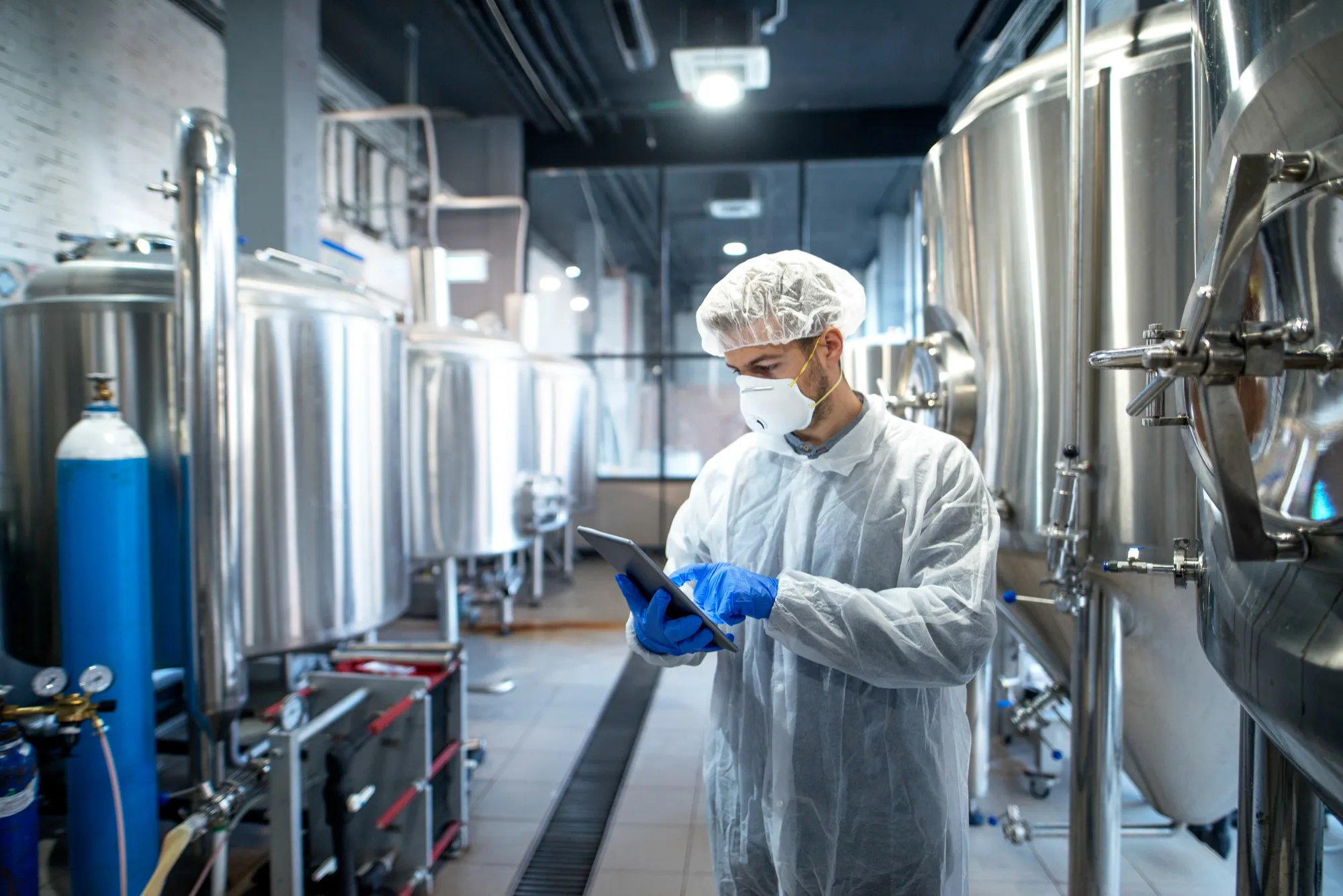Abstract
The chitinolytic bacterium Serratia marcescens presents a unique opportunity for consolidated bioprocessing of chitin into value-added chemicals. Nevertheless, its metabolic intricacies have been underexplored. A study led by Qiang Yan et al., sought to intricately characterize the metabolic landscape of Serratia marcescens through a genome-scale metabolic model named iSR929. The comprehensive analysis identified essential genes and metabolic pathways contingent on various carbon sources, highlighting the bacterium’s potential in metabolic engineering applications.
Introduction
Biotechnology has been abuzz with discussions on how to efficiently transform organic waste into valuable substances. One exciting prospect rests on unleashing the productive prowess of microorganisms like Serratia marcescens – a bacterium capable of degrading chitin, a polymer found in the shells of crustaceans and insects. This work could steer us towards a greener and more cost-effective future in chemical production.
Background
Chitin is an abundant but underutilized natural resource due to its recalcitrance. Serratia marcescens has naturally occurring chitinolytic properties, making it a formidable candidate for bioconversion. Its metabolic capabilities, however, have been poorly defined, impeding its application in bio-based chemical synthesis. This inadequacy prompted researchers to look deeper into the organism’s metabolic workings.
Main Body
In a leap forward for bioinformatics and metabolic engineering, researchers from Virginia Commonwealth University, led by Qiang Yan and colleagues, have put together a genome-scale metabolic model (GSMM) of Serratia marcescens, named iSR929. Taking genomic annotation into account, the model features 929 genes, 1185 reactions, and 1164 metabolites.
Essential for the model’s creation were the organism’s genetic sequences and RNA sequencing data, which informed on differential gene expression during growth on disparate carbon sources: glucose, N-acetylglucosamine, and glycerol. These variations offered significant insights into the organism’s metabolic strategies.
For instance, N-acetylglucosamine utilization led to heightened pentose phosphate pathway activity and nucleotide synthesis but attenuated tricarboxylic acid (TCA) cycle function.
The metabolic model excelled in offering meticulous predictions, aligning closely with experimental outcomes. Particularly, it spotted 138 indispensable genes that could be focal points for strain improvement endeavors.
The refinement of iSR929 through RNAseq data integration illuminated a path toward customizing Serratia marcescens for targeted biochemical production. The model now paves the way for bioengineering the bacterium to create chemicals like 2,3-butanediol used as a solvent or precursor for various compounds, N-acetylneuraminic acid prevalent in pharmaceuticals, and n-butanol, an industrial solvent and possible biofuel.
Besides contributions to strain design, this study stands to boost our fundamental understanding of Serratia marcescens biology. The information could advance the field significantly, possibly leading to innovations in waste recycling, biofuel production, and pharmaceutical synthesis.
However, this achievement is not without its challenges. From the exhaustive complexity of metabolic networks to the rigorous demands of consolidating processing stages, this pioneering work lays the foundation for follow-up studies and application exploration.
References
1. Long, M., Ong, W., Reed, J. (2015). Computational methods in metabolic engineering for strain design. Curr Opin Biotechnol. 34:135–141. doi: 10.1016/j.copbio.2014.12.019.
2. Vaaje-Kolstad et al. (2013). The chitinolytic machinery of Serratia marcescens–a model system for enzymatic degradation of recalcitrant polysaccharides. FEBS J. 280(13):3028–3049. doi: 10.1111/febs.12181.
3. Monreal, J., Reese, E. (1969). The chitinase of Serratia marcescens. Can J Microbiol. 15:689–696. doi: 10.1139/m69-122.
4. Yan, Q., Hong, E., Fong, S.S. (2017). Study of ChiR function in Serratia marcescens and its application for improving 2,3-butanediol from crystal chitin. Appl Microbiol Biotechnol. 101:7567–7578. doi: 10.1007/s00253-017-8488-x.
5. Kim, K., Creagh, A., Haynes, C. (1998). Effective production of N-acetyl-β-D-glucosamine by Serratia marcescens using chitinaceous waste. Biotechnol Bioprocess Eng. 3:71–77. doi: 10.1007/BF02932505.
Discussion
This groundbreaking study is more than a meteoric rise in the characterization of Serratia marcescens; it’s a clarion call to explore the bounties locked within organic waste. The constructed metabolic model is precise and pliable, capable of being sculpted to fit various production needs. It underscores a promising direction in biotechnology—leveraging underexamined microbial systems for sustainable chemical synthesis.
One thing is certain: the role of Serratia marcescens in industrial bioprocesses has only started to unfold. This bio-based platform not only aligns with global sustainability goals but also offers a strategic edge in the biochemicals market. With further research and development, this versatile bacterium could catalyze our transit from a waste-laden society to one that finds wealth in waste.
Conclusion
The study by Yan et al. within BMC Bioinformatics showcases the synergistic power of bioinformatics and metabolic engineering. iSR929, the developed genome-scale metabolic model of Serratia marcescens, constitutes a robust blueprint for metabolic manipulation—ushering in a new era where microorganisms diligently convert waste into industrial gems.
Keywords
1. Genome-scale metabolic model
2. Serratia marcescens
3. Metabolic engineering
4. Bioprocessing
5. Chemical production from chitin
DOI:
10.1186/s12859-019-2826-1
